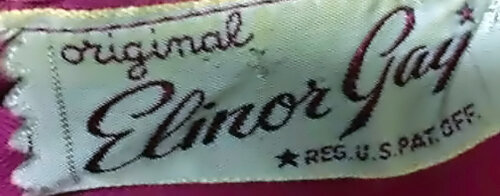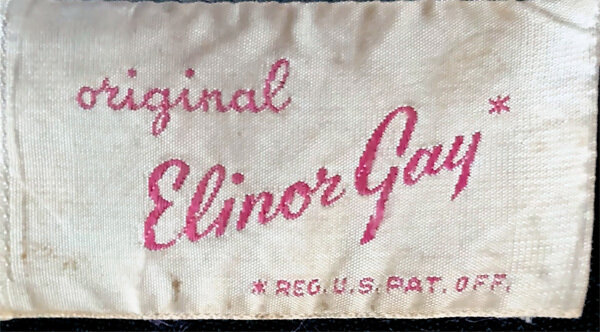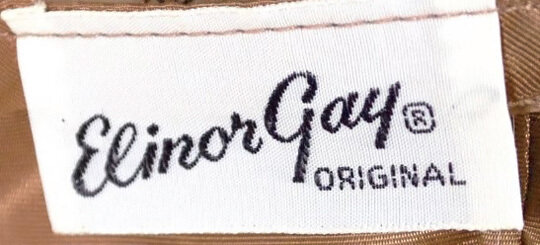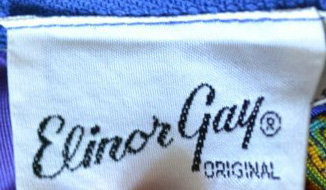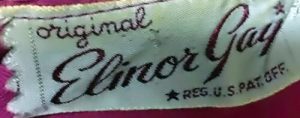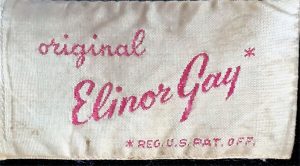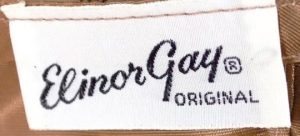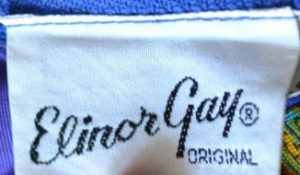Elinor Gay Greenberg was the daughter of Harry H. Greenberg. His company, Harry H. Greenberg Inc., was incorporated in August of 1924 and the Elinor Gay line was in use since July of 1940. The trademark entry states “The signature is in the handwriting of Elinor Gay Greenberg, daughter of applicants’ president”.
The business was located on 1400 Broadway in New York during the 1960s-1970s. Prior to that, it was located at 501 7th Ave. NYC from 1928 through at least 1957 as indicated by a lease for a loft at that address. The last ad for Elinor Gay was from November 1974. It was a moderately priced line sold at Hecht’s, Bloomingdale’s, Filene’s, Gimbels, Sterns, Saks-34th, Harris & Frank, and the May Company Wilshire.
Mr. Greenberg was no longer president by the 1960s. The company’s next president Edmund Robert died suddenly in February of 1968 and Bill Rader succeeded him the following year. Ads from that time frequently extended invitations to attend an informal showing of Elinor Gay, especially their holiday collection, and to meet Mr. Rader.
In the later years (late 1960s-early 1970s), Elinor Gay focused mainly on separates but also had “spring party” dresses and “scarf print” gowns. Lots of velvet, satin backed crepe, chiffon etc. Lots of palazzo pants. Their earlier pieces from the 1940s-1950s were far more elaborate and formal – think shimmering ruffled rayon taffeta with spiderweb lace, with Can Can petticoats and pure silk organza coats in colors described as “black caviar” and “creme de menthe green”.
Written by Vintagiality
